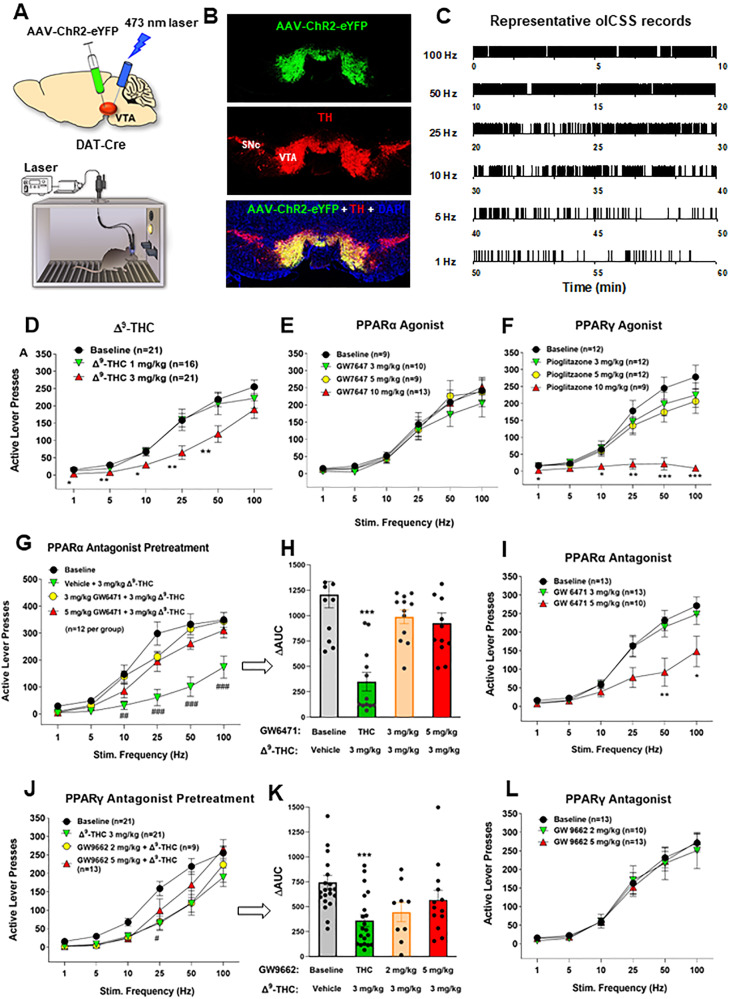Fig. 2. Effects of Δ9-THC and/or PPAR agonists and antagonists on optical brain-stimulation reward (oICSS) in DAT-Cre mice.
A Diagrams showing the general experimental methods. The AAV-ChR2-eYFP vectors were microinjected bilaterally into the midbrain VTA and two optical fibers were targeted to the VTA. Mice were placed in oICSS chambers and trained to press an active lever to obtain laser stimulation reward. B Representative images showing AAV-ChR2-eYFP expression in TH+ DA neurons in the VTA. C Representative lever responding to different frequencies of laser stimulation in a single session from a single mouse. D Stimulation–response curve of lever responding over different frequencies of laser stimulation. Δ9-THC (1, 3 mg/kg, intraperitoneal, i.p.) dose-dependently shifted the oICSS curve downward compared with the vehicle (baseline) control group. E/F PPARγ agonism (by pioglitazone) produced a similar inhibitory effect on oICSS as Δ9-THC, while PPARα agonism (by GW7674) failed to alter basal oICSS. G/H Pretreatment with GW6471 (a selective PPARα antagonist) dose-dependently attenuated Δ9-THC-induced reduction in oICSS. I GW6471 dose-dependently decreased oICSS response. J/K Pretreatment with GW9662 (a selective PPARγ antagonist) attenuated Δ9-THC-induced reduction in oICSS. L GW9662 alone failed to alter oICSS. *p < 0.05, **p < 0.01, ***p < 0.001 relative to baseline.

